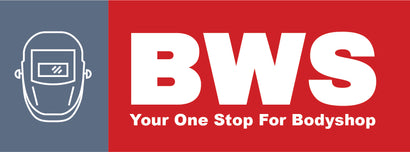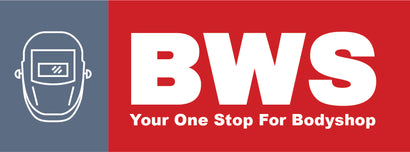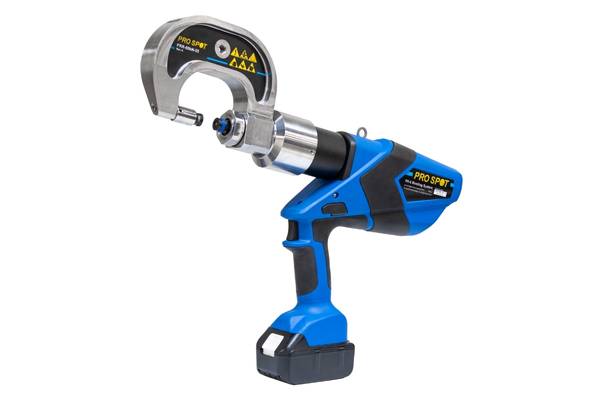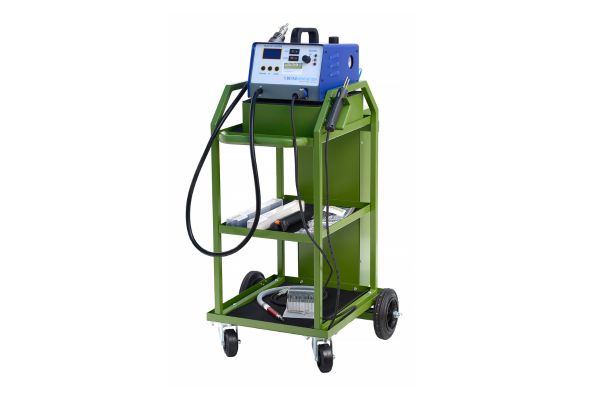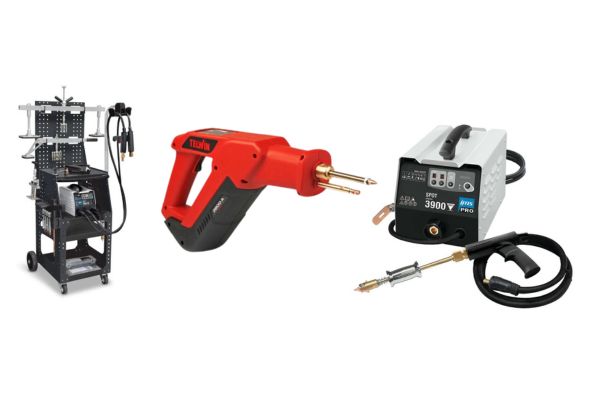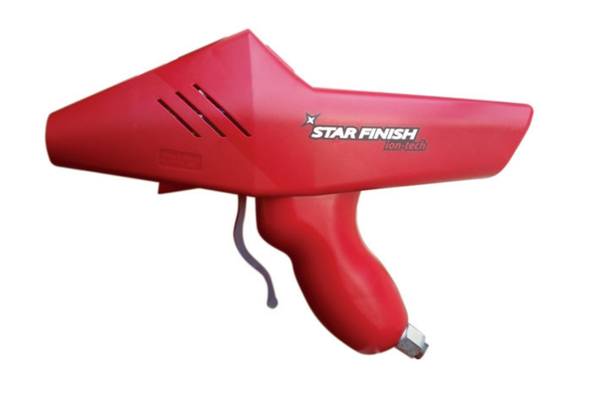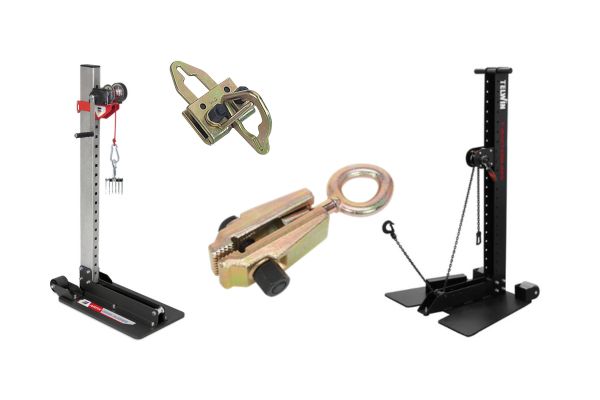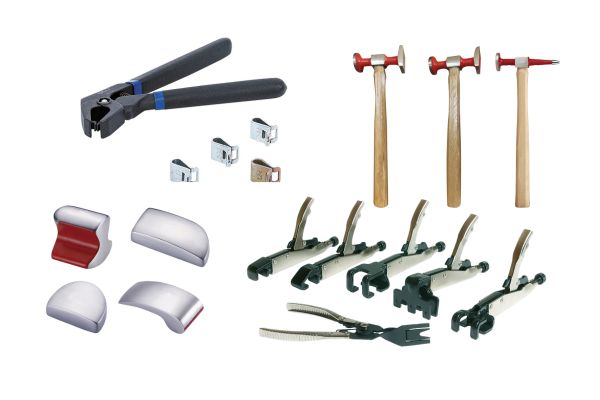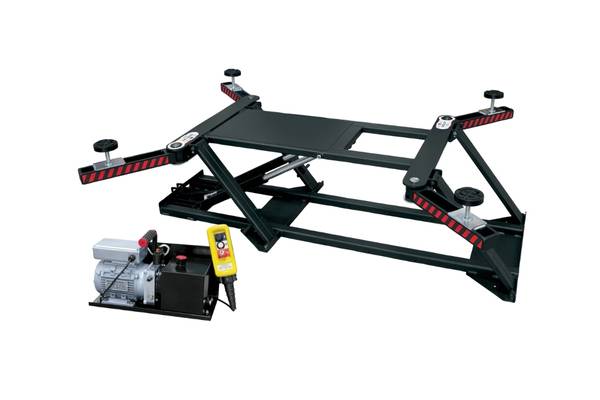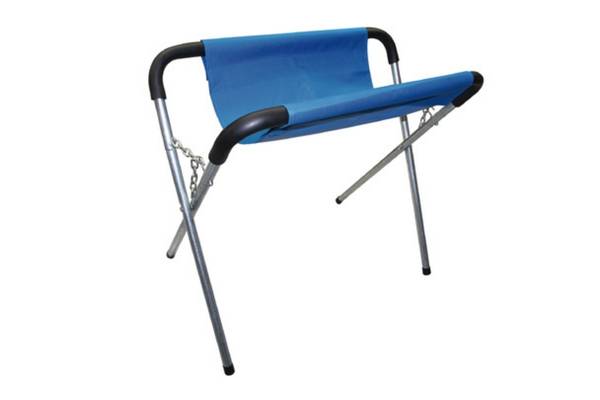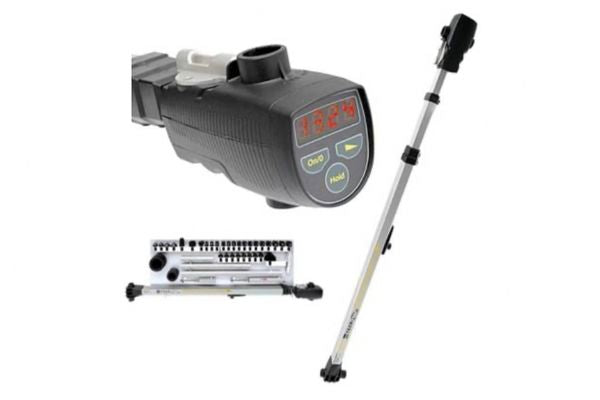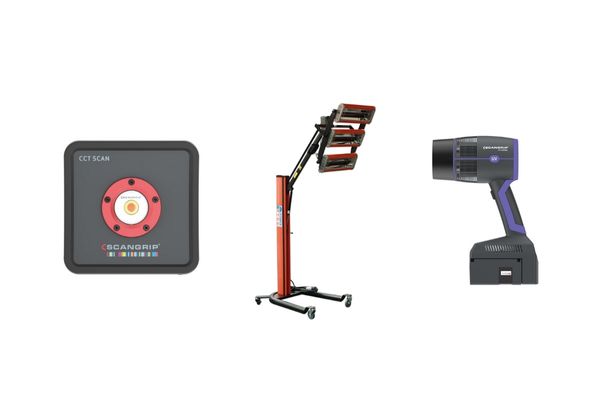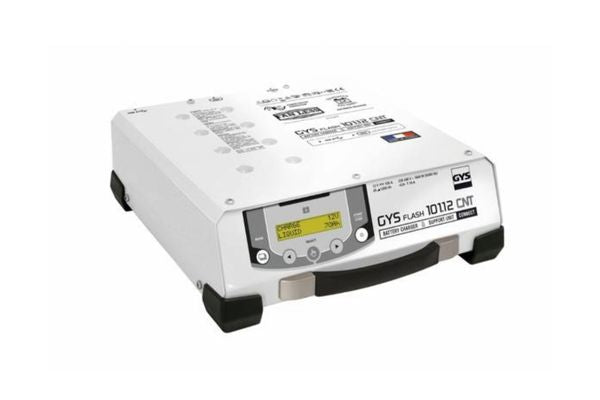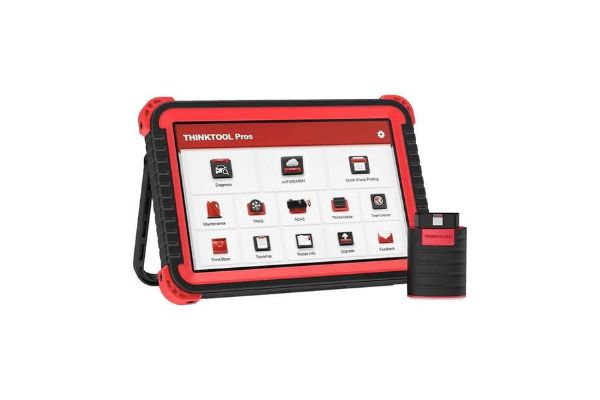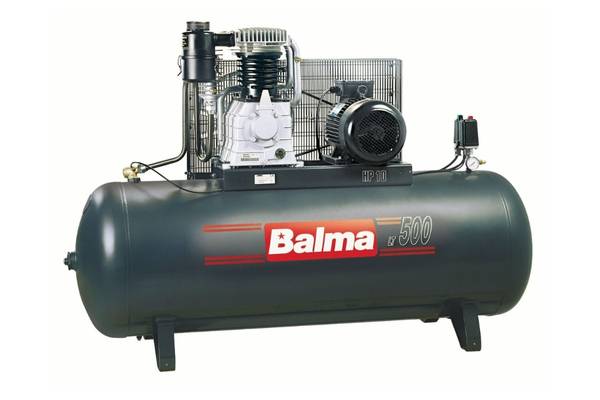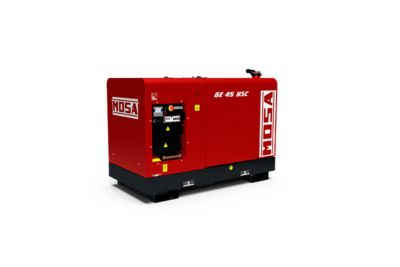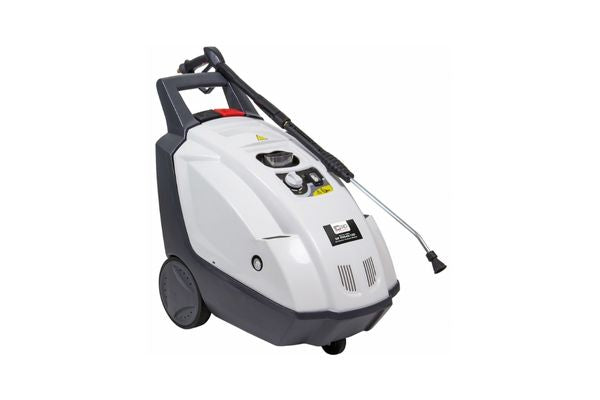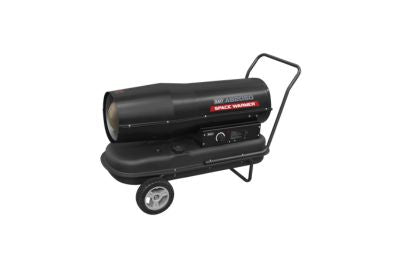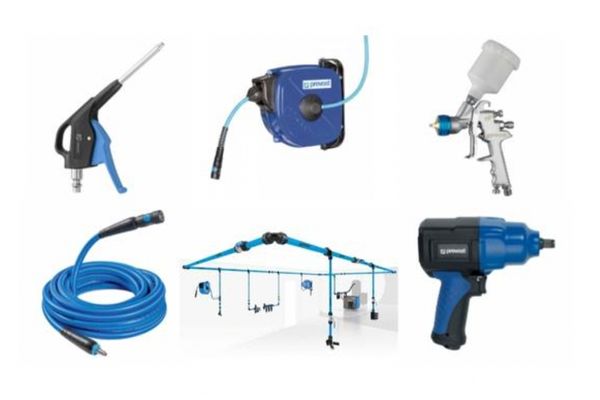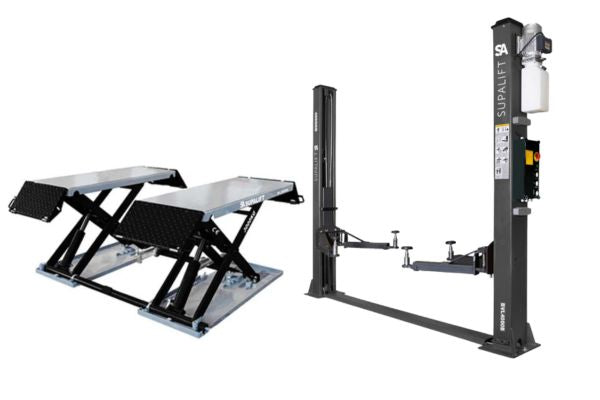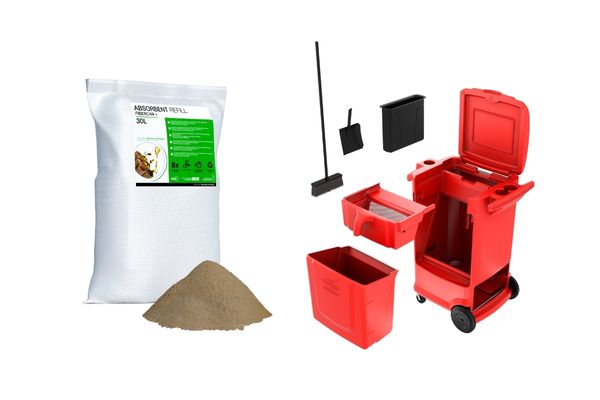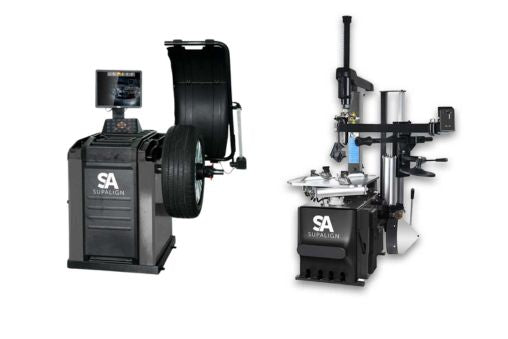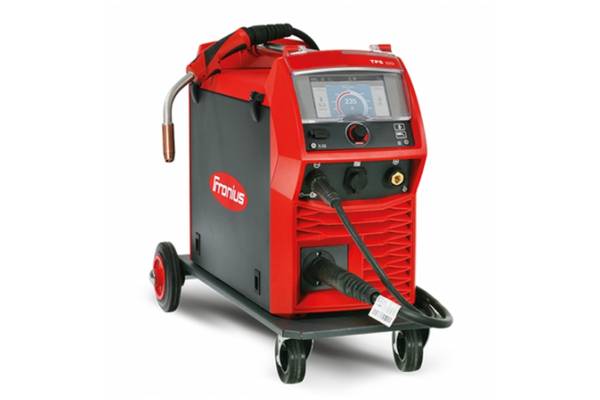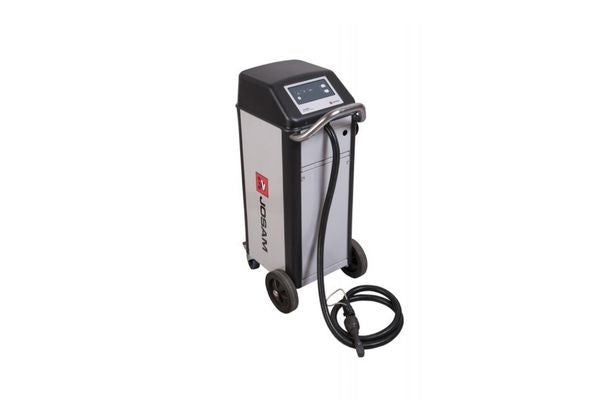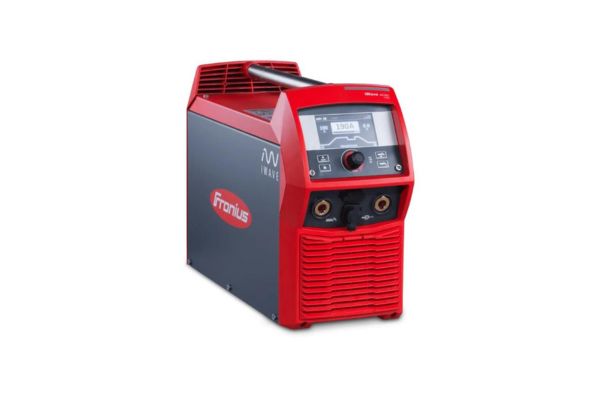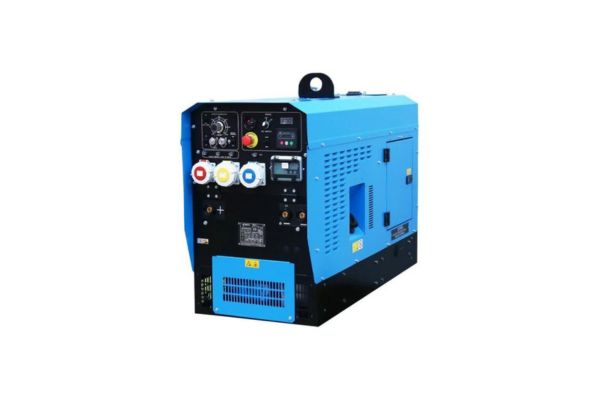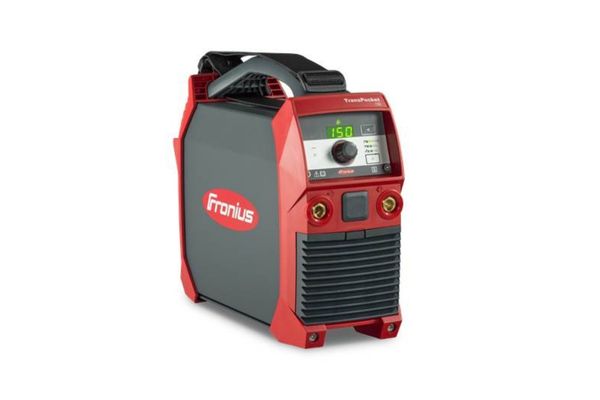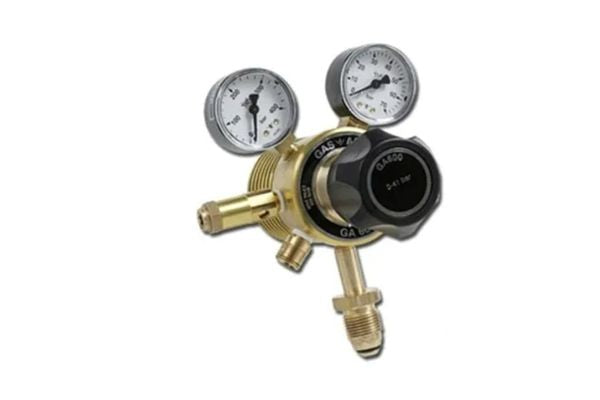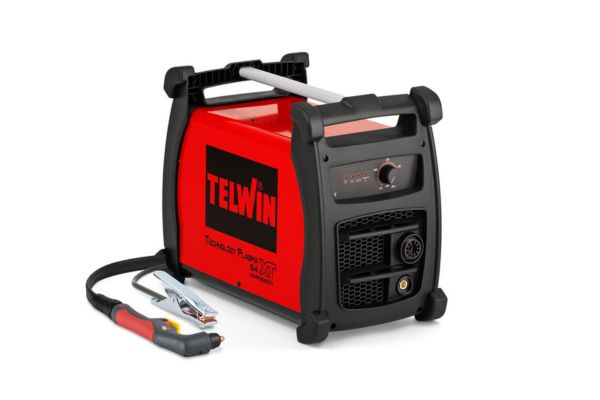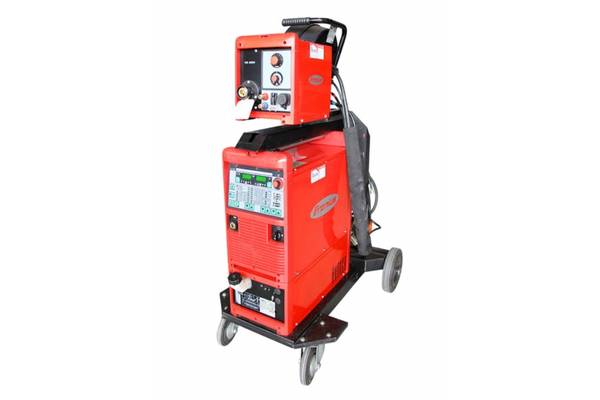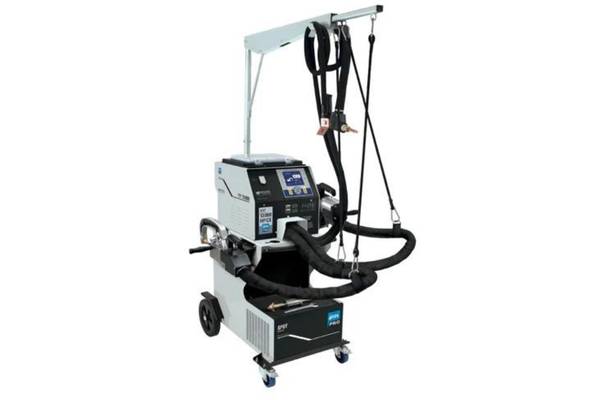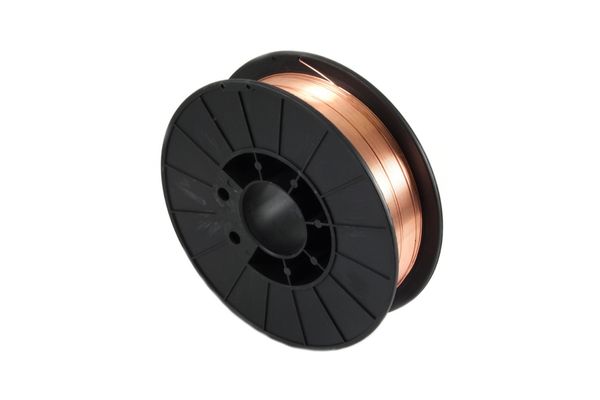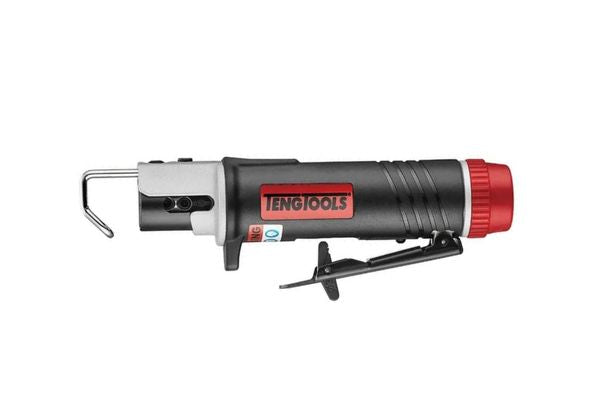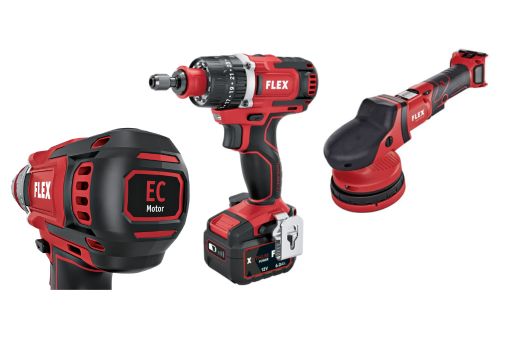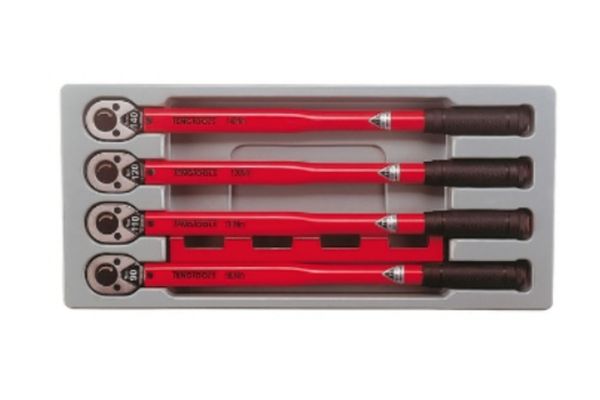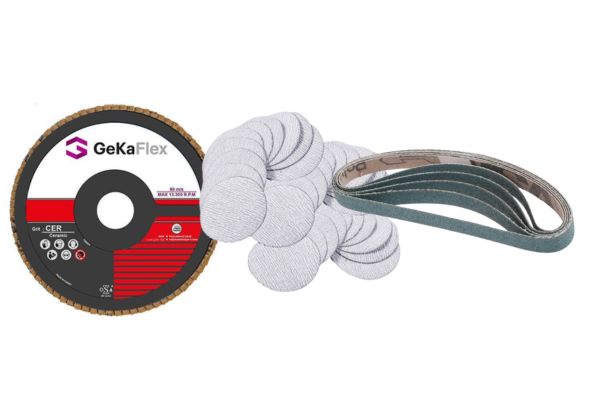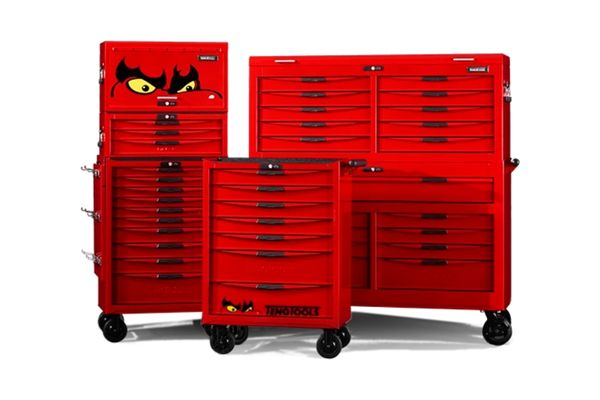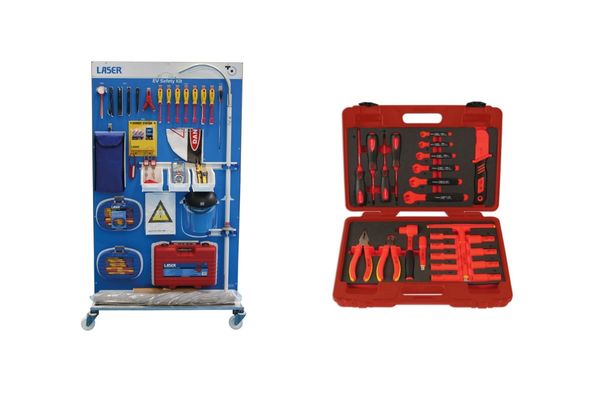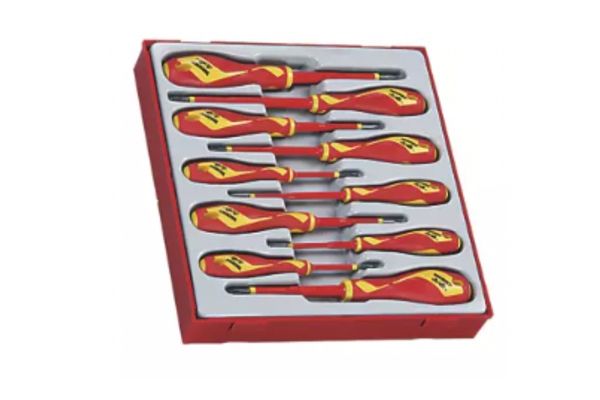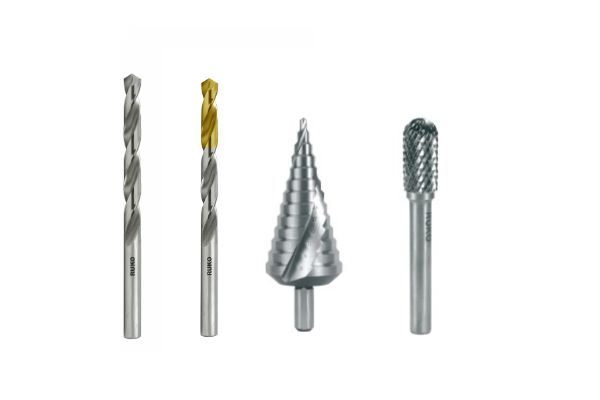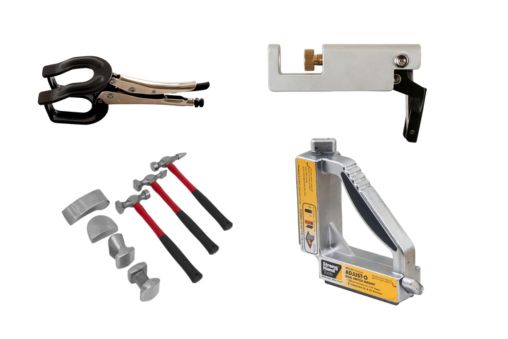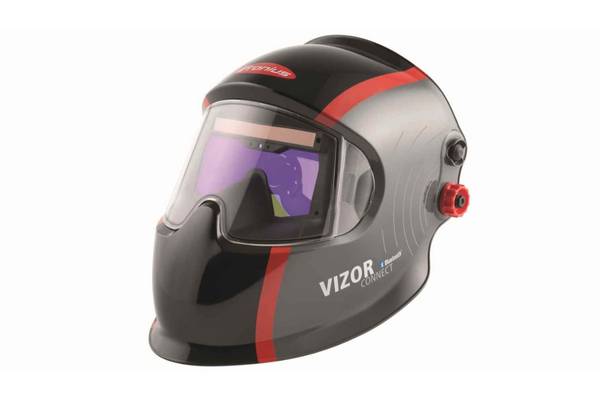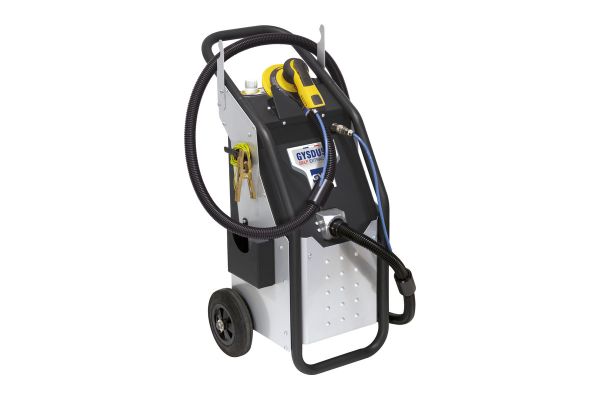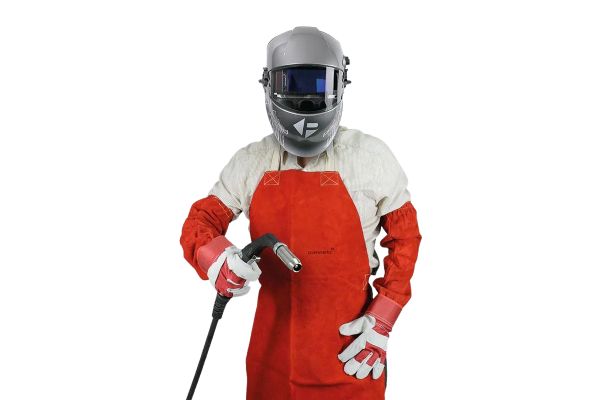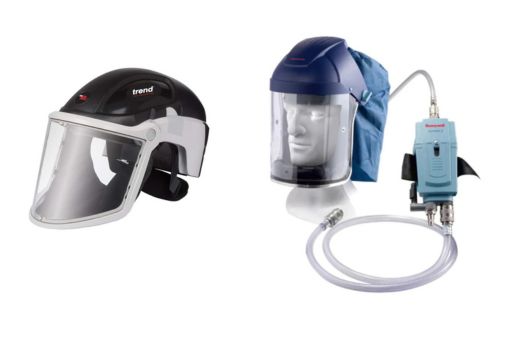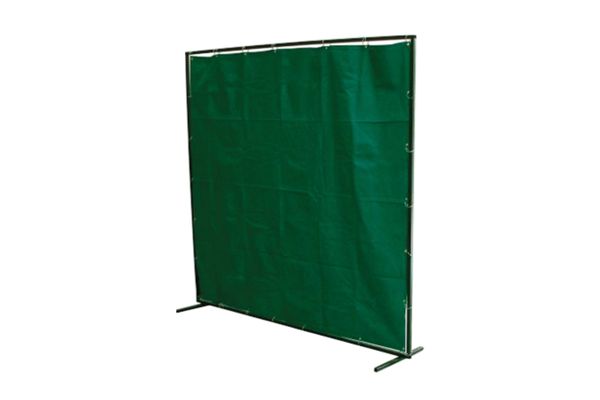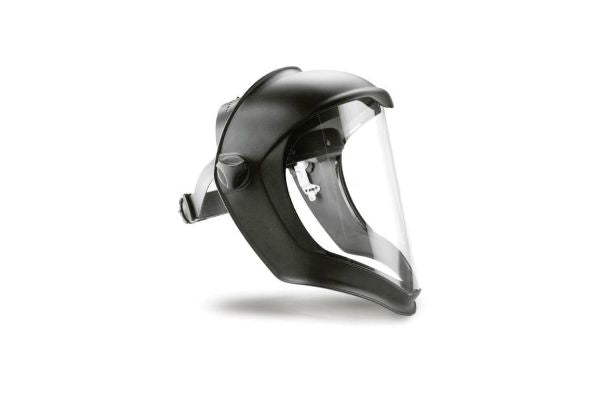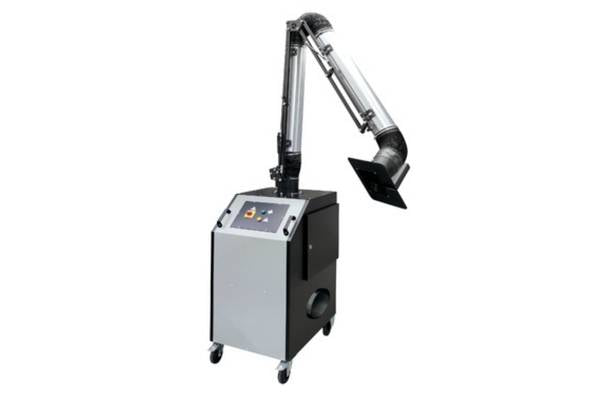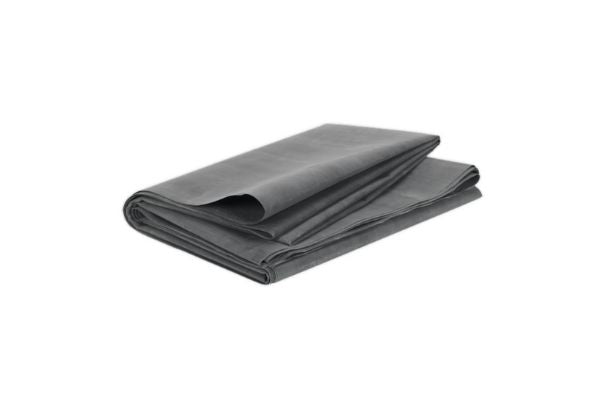NEW Glue Pulling Systems- In Stock!
NEW Glue Pulling Systems- In Stock!
BODYSHOP
WORKSHOP
WELDING
TOOLS
SAFETY

MIG Welding Certification: Ensuring Quality and Expertise
July 18, 2023 8 min read
People often call me asking for MIG welding certification for employment which then means i need to ask 100s of questions to find out exactly what it is they require?
Here we go through the various questions we would receive and the answers I would give.
Who is CSWIP, and what does it mean for welding inspection?
CSWIP (Certification Scheme for Welding Inspection Personnel) is a renowned certification scheme that assesses the competence of individuals working in the field of welding inspection.
Here is some information regarding CSWIP and its Welding Inspector certification:
CSWIP provides a comprehensive certification scheme for personnel in various job roles related to welding, joining, construction, and inspection of high-integrity structures, plant, machinery, and materials. The scheme has been established for over 50 years and is recognised globally as a benchmark for demonstrating industry-specific knowledge and competence ( https://www.cswip.com).
The CSWIP Welding Inspector certification is designed for inspection engineers and supervisory staff involved in welding inspection. It is ideal for individuals who have relevant experience in welding and are seeking to enhance their skills and qualifications. The certification validates their ability to perform duties and responsibilities related to welding inspection according to recognised standards and best practices (TWI Training courses for CSWIP welding Inspectors).
At BWS LTD our CSWIP engineers are able to offer personell inspection and certification services both onsite or at our premises. More information Here!
What IS BS EN 4872 Welder Testing?
BS EN 4872 is a standard for testing the skills of welders. It's used to prove that a welder is competent in working with certain types of steel. This standard is often used in workshops and bodyshops where it's important to show that the welders are skilled and competent for insurance purposes.
The standard is divided into two parts:
- BS EN 4872-1: 1982 is for welders working with ferrous materials (like iron and some types of steel).
- BS EN 4872-2: 1982 is for welders working with aluminium.
The testing involves producing a fillet or butt weld in a test position ie: vertical upwards or upside down to a test standard.. The thickness of the material used for testing can vary, but for automotive certification, it's usually 1mm or 3mm.
What Does Coding Mean In Welding?
"Coding" is a term used by welders to describe what types of welds they are qualified to do. These qualifications are based on the Welding Procedure Specification (WPS), which is a set of instructions for how to perform a specific type of weld. A coded welder has completed a weld test on a certain weld at a certain thickness. The weld produced is then tested at a lab and the results inspected by a welding inspector to determine if he has produced the weld satisfactorily. He is then issue with a certificate. In welders terms he is then "coded"
For more detailed information, you may want to refer to the original source here.
What Is BS EN ISO 9606-1:2017?
BS EN ISO 9606-1:2017 is a standard published by the British Standards Institution (BSI) that specifies the requirements for qualification testing of welders. The standard is part of the ISO 9606 series, which provides guidelines for the qualification of welders in various welding processes.
Specifically, BS EN ISO 9606-1:2017 focuses on the qualification of welders for fusion welding of steels. It covers a wide range of welding processes, including manual metal arc welding, gas metal arc welding, gas tungsten arc welding, and more. The standard sets out the procedures and criteria for testing and certifying welders to ensure they have the necessary skills and knowledge to perform welding tasks effectively and safely.
The qualification process outlined in BS EN ISO 9606-1:2017 involves both practical and theoretical assessments. Welders are required to demonstrate their competence in various aspects, such as welding technique, quality of welds, and understanding of relevant welding standards. The standard specifies the test conditions, test pieces, acceptance criteria, and other parameters that must be considered during the qualification process.
By adhering to BS EN ISO 9606-1:2017, companies and organisations can ensure that their welders possess the necessary skills and qualifications to meet industry standards. It helps in maintaining consistent quality and safety in welding operations, promoting reliable and efficient welding practices.
What Is welder coding?
"Coding" is a term used by welders to describe what types of welds they are qualified to do. These qualifications are based on the Welding Procedure Specification (WPS), which is a set of instructions for how to perform a specific type of weld. Welders who are "coded are approved to carry out these welds in this position because they have been tested by a welding inspector on said position and weld criteria. Its the highest form of welder qualification and a welder can have many "codes" depending on material to be welded, type of welding (MIG, TIG, MMA) and thickness.

What Is a Fillet Weld?
A fillet weld is a type of weld used to join two pieces of metal at a right angle, forming a 90-degree joint. The name "fillet" refers to the triangular cross-section that is created when the weld is formed.
Fillet welds are typically executed on the edges or corners of metal components, where two surfaces meet at a right angle. They are commonly used to join structural members, such as beams, plates, and angles. Fillet welds are known for their strength and ability to distribute stress evenly across the joint.
The size of a fillet weld is determined by its leg length, which refers to the distance from the joint intersection to the outermost point of the weld cross-section. Fillet welds can be categorised as either partial or complete, depending on the length of the weld relative to the joint.
Welders often use symbols to represent fillet welds on engineering drawings or blueprints. These symbols provide information about the weld size, length, and other specifications. Understanding fillet weld symbols is important for ensuring proper execution of the weld according to the design requirements.
Overall, fillet welds are widely used due to their versatility and strength. They are a fundamental type of weld and play a crucial role in joining metal components to create sturdy and reliable structures.
What Is A Butt Weld?
A butt weld is a type of weld used to join two pieces of metal together along their edges in a single plane. It is one of the most common types of welds used in various industries, including construction, manufacturing, and engineering.
The thicker the materials the more joint preparation is required so that the weld can penetrate to the root of the joint.
What Thickness Of Test Do i Require?
The general rule for welder testing is "double and half". This means that if a welder was tested on 5mm plate steel he would be qualified to weld steels up to 10mm in thickness and his minimum approved thickness would be 2.5mm.
What Welding Positions Do I Require To Be Tested On?
There are four main positions for welding:
- Flat (1)
- Horizontal (2)
- Vertical (3)
- Overhead (4)
What position you need to be tested on depends on your application. If you are doing work all day and you weld only in the flat position on a bench or can rotate your job so that you always do this weld then you would only need to do this one position. For a Fillet weld this is call PA or the 1F position.
Groove and Fillet Welding Positions. (ASME/AWS)
| Joint Position | Description | Diagram |
| 1G (Groove) | flat welding position |
 |
| 2G | horizontal welding position |

|
| 3G | vertical welding position |

|
| 4G | overhead welding position |

|
| 1F (Fillet) | flat welding position) |
 |
| 2F | horizontal welding position) |

|
| 3F | Vertical Welding Position |  |
| 4F | Overhead welding position |  |
Groove and Fillet Welding Positions. (EN ISO)
| Joint Position | Description |
| PA |
flat welding position
|
| PB |
horizontal Vertical Position
|
| PC | Vertical Welding Position |
| PE | Overhead welding position |
How Long Does the BS4872 Certificate last for?
Certification lasts for two years subject to conformity. Meaning you need to produce a weld within 6 month intervals for the certification to be relevant. If you do not do any welds within a 6 month period then the certification lapses.
Do i need to produce an eye test certificate for BS EN 4872?
No, you do not although getting your eyes checked prior to testing is advise-able.
Do i need to produce an eye test certificate for BS EN 9606?
Yes an applicable eye test certificate needs to be produced at the time of the test.
What Tests are performed on a butt weld sample for BS EN 9606.
According to BS EN 9606, several tests are typically performed to assess the welder's skills and ensure the quality of the weld. These tests include:
Visual Examination: A visual inspection is conducted to examine the appearance of the weld. It checks for any visible defects such as cracks, lack of fusion, undercutting, or excessive reinforcement. The weld is inspected to ensure it meets the specified requirements of the standard.
Dimensional Measurement: The dimensions of the weld, such as its length, throat thickness, leg length, and other relevant parameters, are measured to verify compliance with the specified tolerances and dimensions outlined in the standard.
Macroscopic Examination: A macroscopic examination involves cutting a cross-section of the weld and examining it under magnification. This test helps identify internal defects, such as porosity, inclusions, or incomplete fusion, that may not be visible to the naked eye. The size, type, and distribution of these defects are assessed to ensure they are within the permissible limits specified by the standard.
Non-Destructive Testing (NDT): NDT methods, such as ultrasonic testing, magnetic particle testing, or liquid penetrant testing, may be performed to detect any internal or surface defects that could compromise the integrity of the weld. These tests can identify cracks, voids, or other discontinuities that may be present in the weld.
Mechanical Testing: Bend tests or impact tests are performed to assess the weld's ductility and toughness.
What Size and length should a weld test sample be?
A test sample should be a minimum of 250mm in length and 100mm in width.
This allows for a stop/start in the middle 50mm of the plate. This is where it will be sectioned first to observe the stop/start root penetration. Two other samples are then take 50mm each side of this cut.
What Is used to detect Cracks in an aluminium weld during inspection?
To detect cracks in an aluminium weld during inspection, several non-destructive testing (NDT) methods can be used. The choice of method depends on the specific requirements and the type of cracks being targeted. Some common NDT techniques for crack detection in aluminium welds include:
Visual Inspection: Visual inspection is the simplest and most basic method for detecting surface cracks. Trained inspectors visually examine the weld joint using adequate lighting and magnification if necessary. They look for visible indications of cracks, such as surface discontinuities, linear openings, or localized discoloration.
Liquid Penetrant Testing (PT): Liquid penetrant testing involves applying a liquid dye (penetrant) to the surface of the weld and allowing it to seep into any cracks or discontinuities. After a sufficient time, excess penetrant is removed, and a developer is applied to draw out the penetrant trapped within the cracks, making them visible for inspection.

|
Paul Jones Director BWS Ltd, CSWIP Ive been a welding engineer for over 30 years and a welding inspector for 23 years with vast experience of welding and related topics. |
Leave a comment
Comments will be approved before showing up.
